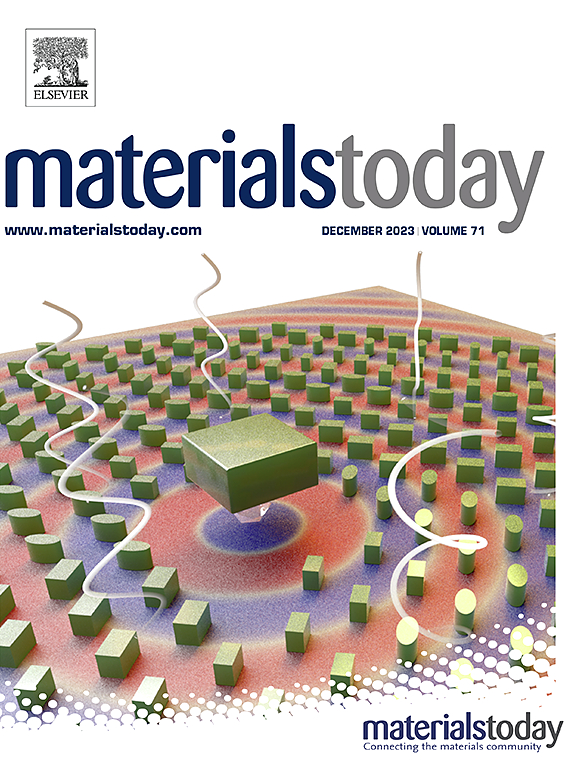用于先进电子封装应用的导热和电绝缘氧化铝/环氧复合材料:填料形态和表面改性的全面回顾
IF 21.1
1区 材料科学
Q1 MATERIALS SCIENCE, MULTIDISCIPLINARY
引用次数: 0
摘要
随着现代电子技术的快速发展,电路变得更加集成和密集,支持摩尔定律。高密度和高功率集成电路(ic)产生大量的热量,需要中和。在处理这个热管理问题,许多方法在半导体封装已经出现。解决高热量产生的最有效方法之一是合成具有高导热填料的环氧基复合材料。在这篇综述中,氧化铝填料因其高导热性(~ 30 W/(m·K))以及电绝缘的额外好处而进行了研究。存在多种类型的氧化铝填料,并在本研究中进行了研究。它们的范围从零维纳米和微粒到三维混合填料。讨论并比较了不同氧化铝填料的热性能和机电性能。综述了复合材料中填料的制备及其对热工性能的影响。最后,对氧化铝环氧复合材料在先进封装领域的潜在挑战和应用前景进行了总结和展望。本文章由计算机程序翻译,如有差异,请以英文原文为准。
Thermally conductive and electrically insulative alumina/epoxy composites for advanced electronic packaging applications: A comprehensive review of filler morphologies and surface modifications
With the rapid advancement of modern electronics, circuits are becoming more integrated and denser, supporting Moore’s Law. High density and high-power integrated circuits (ICs) generate a large amount of heat that needs to be neutralized. In dealing with this thermal management issue, many approaches in semiconductor packaging have arisen. One of the most effective methods to resolve high heat generation involves synthesizing epoxy-based composites with high thermal conductivity fillers. In this review, alumina fillers are examined for their high thermal conductivity (∼30 W/(m·K)), as well as for their additional benefit of electrical insulation. Various types of alumina fillers exist and are examined in this study. They range from zero-dimensional nano- and micro-particles to three-dimensional hybrid fillers. Thermal and electrical mechanical properties are discussed and compared among the different alumina fillers. Filler preparation in the composite and its effects on thermal performance are also reviewed. Finally, a summarizing outlook is discussed regarding potential challenges and future applications of alumina epoxy composites in advanced packaging.
求助全文
通过发布文献求助,成功后即可免费获取论文全文。
去求助
来源期刊

Materials Today
工程技术-材料科学:综合
CiteScore
36.30
自引率
1.20%
发文量
237
审稿时长
23 days
期刊介绍:
Materials Today is the leading journal in the Materials Today family, focusing on the latest and most impactful work in the materials science community. With a reputation for excellence in news and reviews, the journal has now expanded its coverage to include original research and aims to be at the forefront of the field.
We welcome comprehensive articles, short communications, and review articles from established leaders in the rapidly evolving fields of materials science and related disciplines. We strive to provide authors with rigorous peer review, fast publication, and maximum exposure for their work. While we only accept the most significant manuscripts, our speedy evaluation process ensures that there are no unnecessary publication delays.
 求助内容:
求助内容: 应助结果提醒方式:
应助结果提醒方式:


